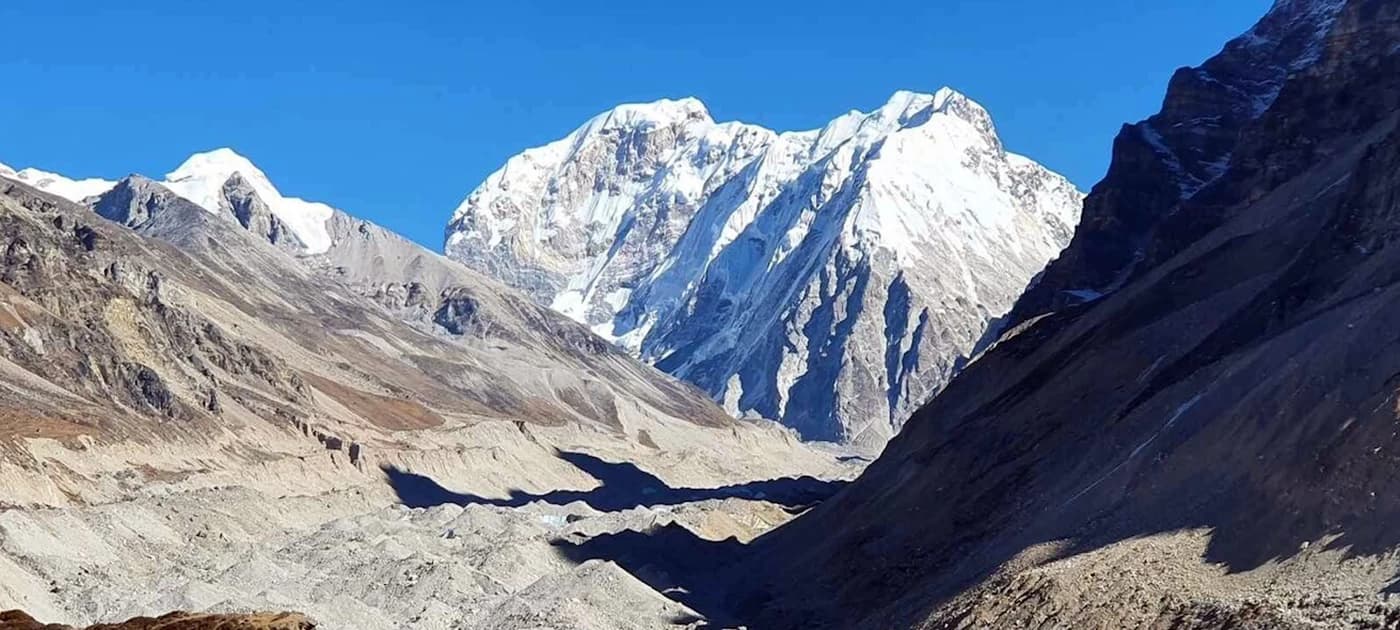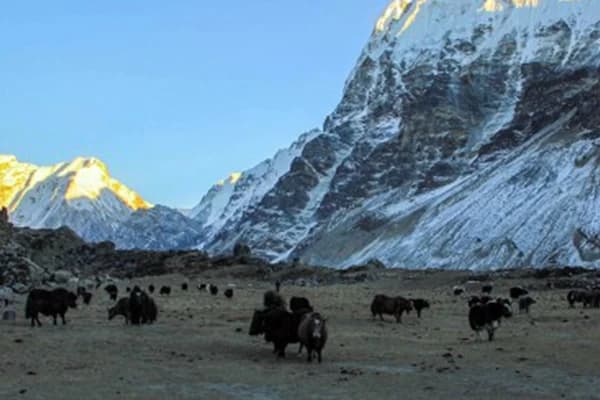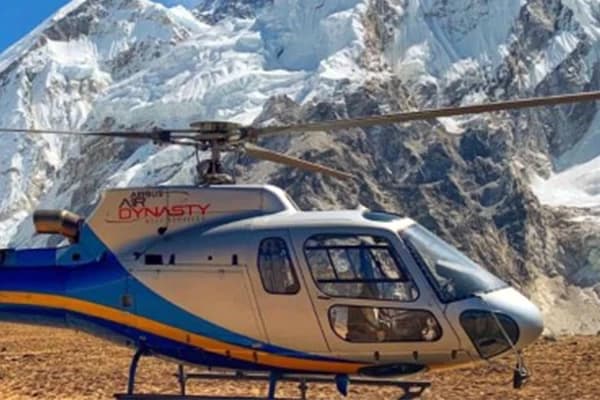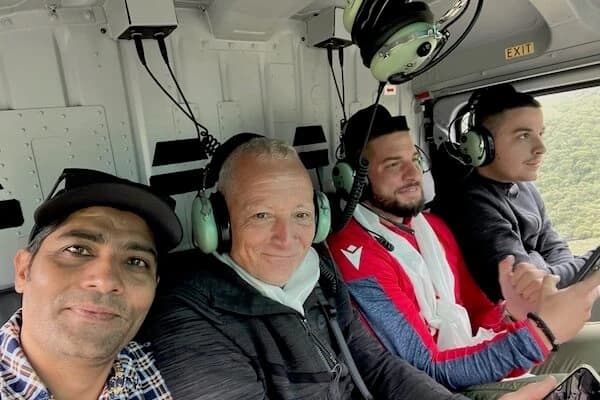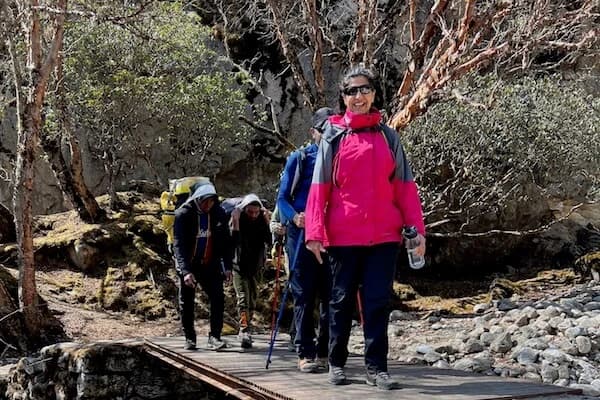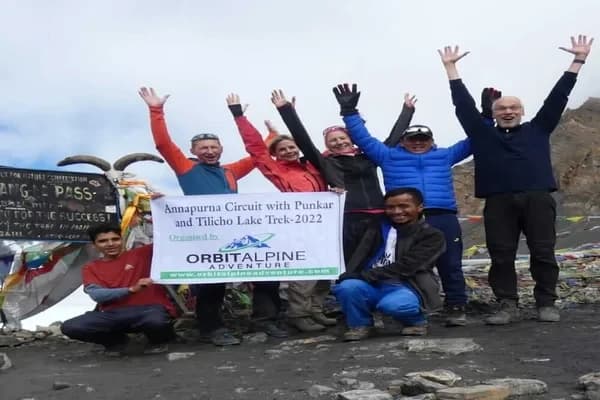The third-highest mountain in the globe is Kanchenjunga, standing at a grand 8,586 meters (28,169 feet) Settled on the border between Nepal and Sikkim. The Kanchenjunga Base Camp Trek is a secret gem in the trekking world. Offering explorers the chance to sightsee the pure beauty of the eastern Himalayas. The walk takes you through private valleys, compact forests, and high-altitude fields, all while offering magnificent sights of high peaks and glaciers.
One of the key draws of the Kanchenjunga Base Camp Trek is its remoteness. This journey, less crushed than the more well-known routes like Everest or Annapurna, provides an infrequent chance to experience the raw and intact sceneries of the Himalayas. The wisdom of privacy and calmness you’ll find here is supreme, making it a flawless choice for those looking for a more peaceful and warm connection with nature.
